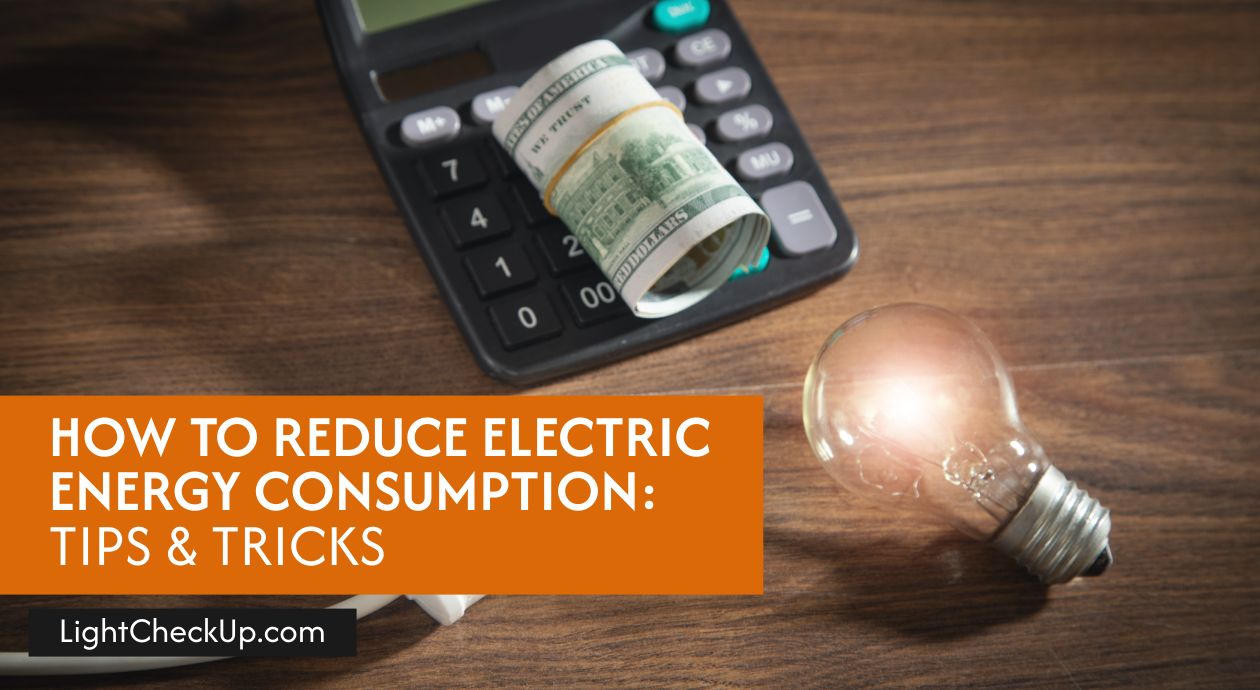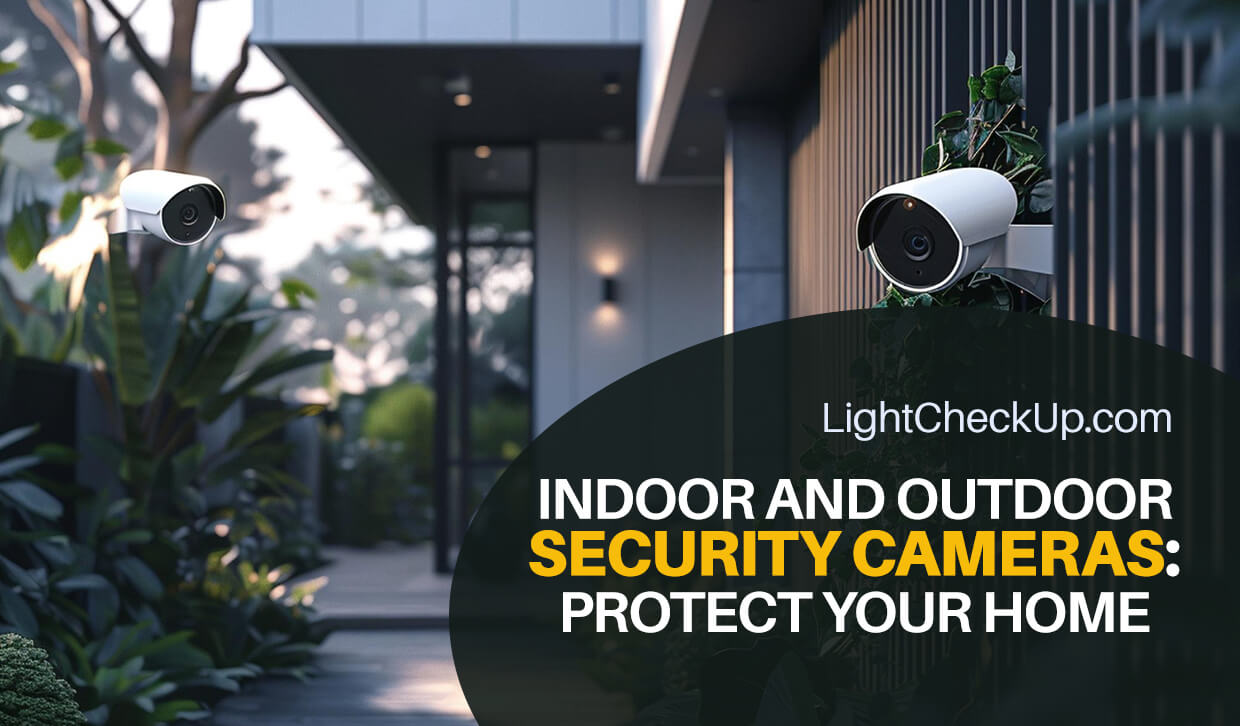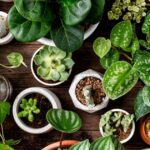A garden alive with vibrant flowers and in perfect harmony with nature. That is sustainable gardening. This way, you can grow food, flowers, and let nature work with you. You’ll find fewer chemicals, more pollinators, and healthier, more alive soil.
What is sustainable gardening? It protects the environment and feeds the soul. It benefits novice and experienced gardeners alike. How can you protect our planet?
What does a sustainable garden look like?
Think about a sustainable future. A living eco-system that’s good for the environment. Picture a place filled with colorful flowers, big fruits bathing in sunlight, and friendly bees overhead. It’s not just a dream; this is how your sustainable garden can look!
So, what does a sustainable garden look like?
-
There is variety. A tall plant hangs out with a short one, and a leafy green shares space with a bright flower. You’ll attract good bugs and keep your garden healthy.
-
Herbs and wildflowers attract bees and butterflies and are crucial to the ecosystem.
-
The secret weapon is compost. Kitchen scraps and leaves become rich soil – a garden’s best friend!
-
Rain barrels capture precious water, and special hoses deliver it directly to plants.
-
You can stop using harsh chemicals! A little know-how and healthy soil will keep pests at bay.
You can consider it a wildflower patch, a veggie patch, or a rainwater oasis. Gardening sustainably is not about perfection – it’s about blending in with nature.
What are the benefits of sustainability for a garden?
Traditional gardening practices often involve harmful chemicals and rely heavily on store-purchased products. Maybe that’ll have an effect. So, here’s why choosing sustainable methods can create significant change:
-
Protecting the planet: Sustainable gardens help us tread lightly on the earth. We can manage this by avoiding harsh chemicals. These protect our rivers and the small creatures living in our gardens. Additionally, using wise methods like collecting rainwater is beneficial for our surroundings.
-
Growing healthier food: Healthy soil grows healthy plants, which means a healthier you! When you focus on building rich soil with compost, your veggies and fruits become packed with nutrients and rich in flavor. The tastebuds and body both benefit.
-
Saving a penny: Going green saves you green! You can make garden nutrients from kitchen scraps. That will reduce plant food costs. Natural methods are often cheaper than chemical ones.
Not just beautiful gardens, sustainable gardens calm you, comfort your family, and support the Earth. A choice worth feeling proud about!
What plants are suitable for a sustainable garden?
A sustainable garden starts with the right plants. Here’s what to look for:
Go native:
Native plants are the local rockstars. They’ve evolved for your soil. That means less water. Your local ecosystem wins, as well as you!
Bring on the pollinators:
Garden bugs like butterflies, bees, and ladybugs are the best. Make your beds colorful with coneflowers, lavender, and milkweed, which they love.
Fruit trees and vegetables will bear plenty of deliciousness with these pollinator magnets.
Grow Your Own Groceries:
Herbs, vegetables, and fruits taste better fresh from the garden, and they also reduce plastic-wrapped supermarket versions. Eat what you love and enjoy the freshest flavors.
Beat the drought:
Live in an arid region? Substitute regular plants for drought-resistant ones like succulents, yarrows, and certain local grasses. They’ll give color and texture without much water. Want amazing plants?
Get in touch with your local nursery or delve into research about your area’s indigenous species.
They will lead you towards the most suitable options that match your area’s climate and your eco-friendly gardening ambitions!
Sustainable gardening practices & ideas
Composting 101:
Composting is magic! Make rich, nutritious soil out of unused meal leftovers. Multiple methods are out there, ranging from simple heaps to high-end containers. Grasp the essentials, and you’ll be a top-notch composter in no time!
Rainwater harvesting:
Rainwater is a gardener’s precious resource. Why waste water when plants are parched? Rain barrels are a traditional yet effective method, but sophisticated systems are available that store and purify water.
Integrated pest management:
Don’t use harmful substances! Intuitive, eco-friendly gardening uses clever critter control. Choose bug-resistant plants, attract beneficial bugs like ladybugs, and opt for organic fixes like neem oil for nuisance pests.
Mulch for the win:
Mulch, often overlooked, performs vital duties in a garden. It fights off weeds, maintains soil moisture, and provides subtle nutrients to plants as it decomposes. Alternatives like grass cuttings, fallen leaves, or wood shreds do a splendid job as mulch.
Read Also: 10 Low Light Indoor Trees That Will Thrive In Your Home
Sustainable Gardening for Beginners: It’s Easier Than You Think!
-
Baby steps are most effective: Don’t feel pressured to overhaul your whole yard. Start small! A single raised bed, a few containers on your patio, or even a windowsill herb garden makes an excellent beginning.
-
Love Your Soil: Healthy soil is essential for a thriving garden. Make friends with compost—it’s the magic ingredient for soil boosts. Kitchen scraps, leaves, and even shredded paper can be turned into gardening gold!
-
Take it Easy on Yourself: Start by choosing low-maintenance plants that suit your climate. Herbs, native wildflowers, and leafy greens are fantastic beginner choices. You’ll learn as you move!
-
It’s okay to be messy: Growing a garden is about accepting some flaws. No fuss about a few weeds or wonky vegetables. Keep your eyes on the gains you’re making and the delight of cultivation.
Every little sustainable gardening step makes a difference. You’re creating a space that nourishes you and the planet; that’s something to be proud of!
How do you refer to sustainable gardening?
Organic gardening skips man-made fertilizers, pesticides, and weed killers. It uses nature’s methods to improve soil and kill pests.
Regenerative gardening is a step up. It boosts soil health, biodiversity, and the overall ecosystem around your garden. Think about it: you’re not just maintaining your garden, you’re making a tiny part of the earth better.
Permaculture revolves around design thinking that observes and copies nature. Permaculture gardens are mapped for self-sustainability. They bank on plants that come back annually, save resources, and sync with nature.
Read Also: How Does Under Canopy Lighting Supercharge Your Growth? 4 Secret Tips To Boost Plant Growth
In conclusion, gardening isn’t just about vegetables, but also about nature, family, and loveliness. Even small changes, like composting or growing a few blooms, can make a big difference. Gardening is also about exploring new knowledge while having a blast. Each move benefits our Mother Earth.
So, put on those gloves, play with the dirt, and nurture something extraordinary, one tiny seed at a time! Craving some gardening advice or eager to discuss your project? Leave your thoughts below!
Try new things, discover, and evolve along with your green space. Sustainable gardening is enjoyable on the journey. The more you do, the closer you are to a more verdant planet. So, put on your gloves, mix in the mud, and let’s make a difference, one tiny seed at a time! Do not hold back on trying, expanding, and evolving your great project.
The thrill of gardening is in the journey. Each effort moves us closer to a greener, healthier, and more attractive world. So, dive in with your gloves, let dirt color your hands, and make a change, just one seed at a time!





















Average Rating